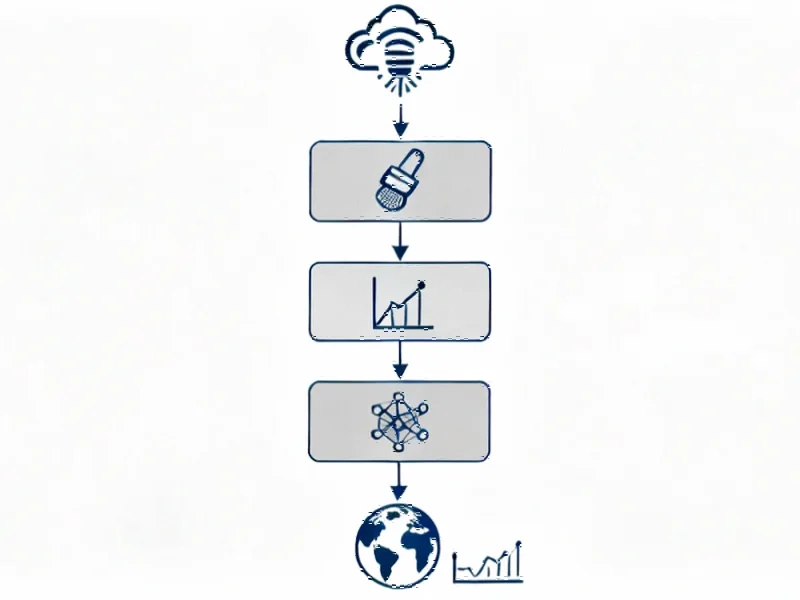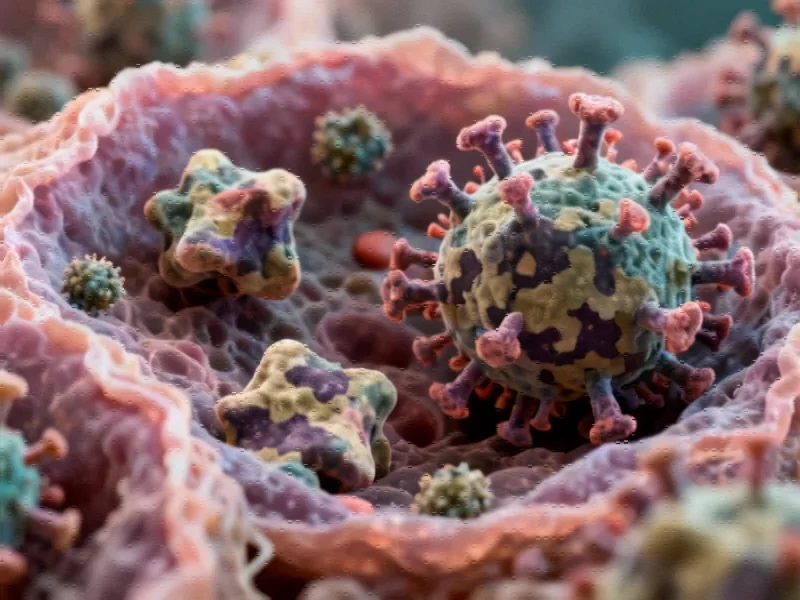Revolutionizing Quantum Material Control Through Intrinsic Cavity Effects
In a groundbreaking development for quantum material science, researchers have demonstrated that van der Waals heterostructures naturally form their own light-trapping cavities that significantly influence their electronic behavior. These self-cavity effects, occurring when two-dimensional materials are stacked together, create confined light waves that can manipulate quantum phenomena at previously inaccessible scales.
The discovery reveals that graphite gates commonly used in these devices aren’t just passive electrical components but active participants in shaping quantum behavior through their plasmonic resonances. These resonances naturally fall in the terahertz range—precisely where many exotic quantum phenomena in van der Waals materials occur.
The Cavity Control Breakthrough
Scientists have achieved what’s known as the ultrastrong coupling regime, where light and matter interact so strongly that they become inseparable hybrids. This non-perturbative regime, characterized by normalized coupling strengths exceeding 0.1, means that even the vacuum fluctuations of light can alter material properties.
“What makes this discovery so significant,” explains a researcher familiar with the work, “is that we’re not adding external cavities—the cavities are built right into the material structure itself. This creates opportunities for controlling quantum phases that were previously theoretical.” The findings align with recent advances in light-matter coupling reported across the research community.
Experimental Challenges and Solutions
Probing these cavity effects presented substantial technical hurdles. Traditional spectroscopic methods fail when dealing with samples smaller than the wavelength of light being measured. The research team overcame this through innovative on-chip terahertz spectroscopy, confining terahertz light to metallic transmission lines that interface with micrometer-sized materials.
This approach enabled the first direct measurements of how plasmonic modes in graphene and graphite layers hybridize and transfer spectral weight as carrier density changes. The methodology represents significant progress beyond previous limitations that hampered such measurements due to circuitry constraints and theoretical gaps.
Broader Implications and Future Applications
The confirmation that cavity effects are intrinsic to van der Waals heterostructures opens numerous possibilities for quantum material engineering. Researchers can now consider deliberately designing cavities to control quantum phases, potentially leading to new states of matter and functional devices.
These developments occur alongside other significant technological crossroads that are reshaping how we approach complex systems. The ability to control quantum materials through built-in cavities could enable practical applications including Bose-Einstein condensation of plasmons, polariton condensation, and single photon detection in the terahertz regime.
Theoretical Framework and Design Principles
The research team developed an analytical theory that accounts for the geometry and dielectric environment of van der Waals heterostructures, successfully reproducing both numerical simulations and experimental data. This non-perturbative theory provides generalizable design principles for enhancing or minimizing cavity coupling effects.
This theoretical advancement comes at a time when computing infrastructure developments are creating new opportunities for complex simulations. The framework enables researchers to identify coupling mechanisms between different modes and optimize cavity designs for specific quantum control applications.
Connections to Broader Scientific Trends
The discovery intersects with multiple advancing fields, including the study of how complex systems respond to environmental signals at fundamental levels. Just as biological systems have evolved sophisticated response mechanisms, quantum materials now show they can respond to their built-in electromagnetic environment in profound ways.
Furthermore, as the scientific community addresses challenges like security and verification in complex systems, the precision control demonstrated in this research highlights the importance of understanding systems at their most fundamental level. The methodology provides a template for how to approach other challenging measurement scenarios in nanotechnology.
Pathway to Quantum Material Engineering
The research establishes that self-cavity effects aren’t just incidental features but fundamental aspects of van der Waals heterostructures that must be accounted for in both theoretical models and practical applications. This realization transforms how researchers approach these materials, turning what was previously considered background noise into a primary control mechanism.
The chip-scale platform developed for this research enables contact-free measurements of complex terahertz cavity conductivity, deterministic tuning of light-matter interactions, and spectral read-out of coupling strength. This comprehensive approach provides researchers with the tools needed to systematically explore and harness cavity effects across different material combinations and geometries.
As the field advances, these findings position van der Waals heterostructures as ideal testbeds for developing cavity control protocols that could eventually be applied to broader classes of quantum materials. The work demonstrates that sometimes the most powerful controls are those nature provides inherently—we just need to learn how to use them.
This article aggregates information from publicly available sources. All trademarks and copyrights belong to their respective owners.
Note: Featured image is for illustrative purposes only and does not represent any specific product, service, or entity mentioned in this article.



